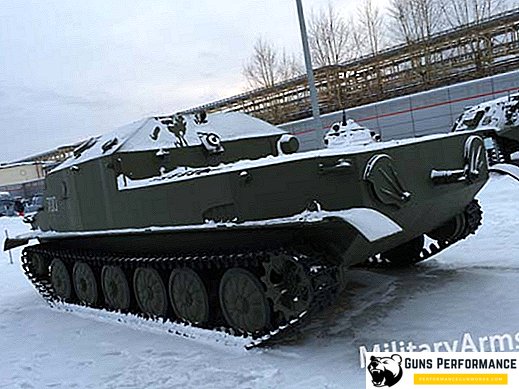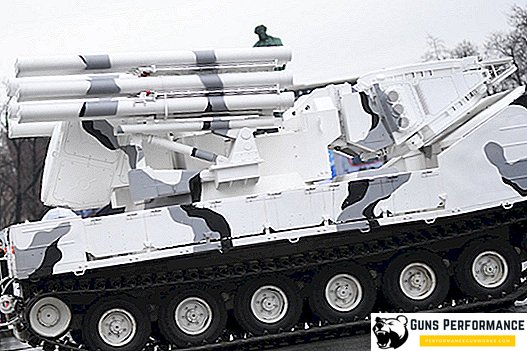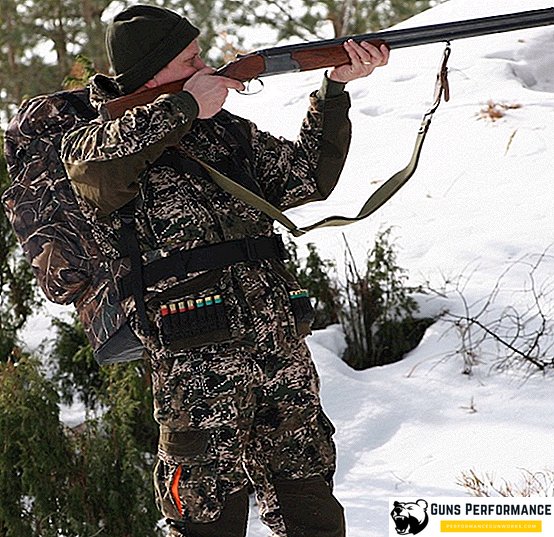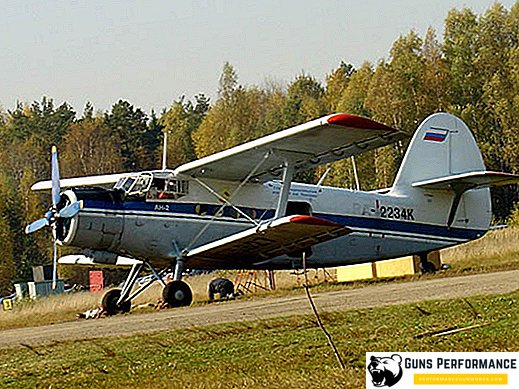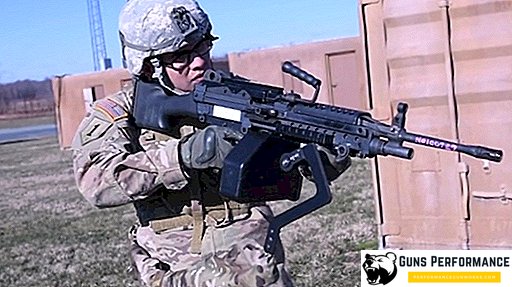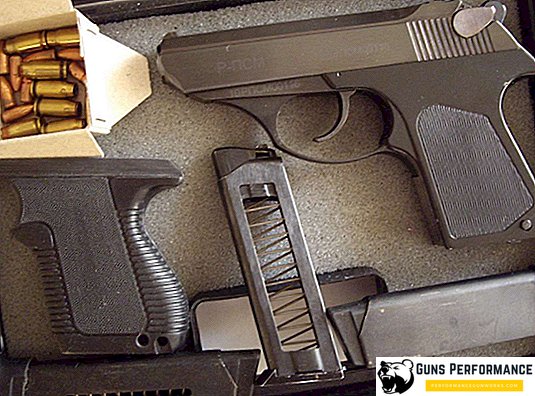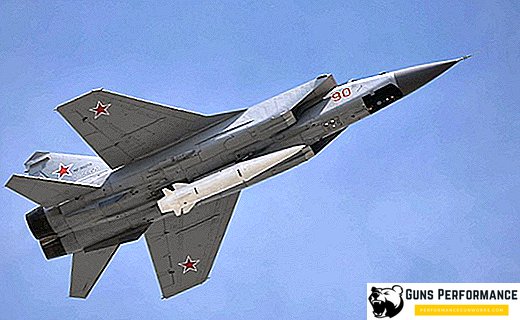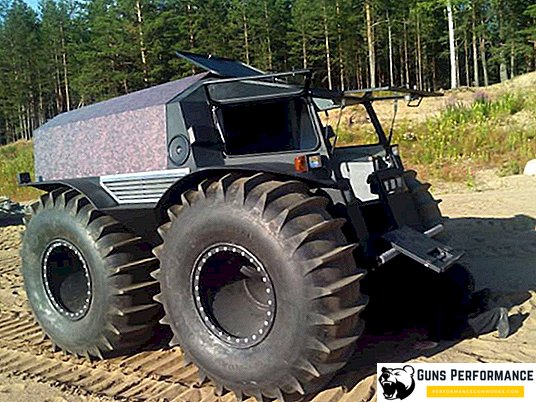On August 27, 2011, from the White Sea off-shore from the atomic rocket carrier Yury Dolgoruky, a test launch of the intercontinental ballistic missile Bulava was successfully carried out. This was the second launch of the Bulava from the Yuri Dolgoruky and the first launch of the rocket to its maximum range. The rocket flew the 9.3 thousand kilometers it had laid down and landed (or rather, splashed down) in a given region of the Pacific Ocean. This event coincided with another date: the divisions of the submarines of the Northern Fleet were fifty years old.

In fact, this is an important, if not a landmark event. Russia received a new, formidable weapon. "Yuri Dolgoruky" - a submarine, which belongs to the class of strategic submarines of the last fourth generation, capable of carrying on board sixteen deadly nuclear missiles. He is the first, lead ship of Project 955, was laid down at the shipyard in Severodvinsk in 1996 and was launched in 2007. Following the same type, the “Vladimir Monomakh” and the “Alexander Nevsky” were already commissioned.
One of the most important and most dangerous for the enemy components of the Russian "nuclear triad" has finally received the long-awaited reinforcement. In the coming years, three more Project 955 ships are expected to launch: Prince Vladimir, Prince Oleg and Generalissimo Suvorov. In 2011, plans were made to build eight submarines of this type by 2018, then the media reported about the planned ten ships by 2020, but so far it has not been officially confirmed. Today, "Yuri Dolgoruky" is part of the Northern Fleet, and "Vladimir Monomakh" and "Alexander Nevsky" bear their service in the Far East. According to the management of Sevmash, the seventh and eighth submarine of the project 995 will be laid in 2018.

History of the project 995 "Borey"
The history of the creation of Soviet submarines of the fourth generation began back in 1978. Under the leadership of the chief designer Zdornov, the TsBB Rubin began the development of the project 955 Borey (according to the NATO classification Dolgorukiy or Borei) - a fourth-generation Soviet nuclear submarine. The new submarine was to belong to the class of submarine missile carriers, have a submerged displacement of 29 thousand tons, a hull 170 meters long, an underwater speed of 29 knots and a depth of 400 meters.
Project 955 submarines were supposed to replace the outdated ships of the 941 Shark project and 667 BDRM Dolphin. They planned to equip the boat with solid-propellant ballistic missiles, first the Bark missile was specially developed for this purpose, but they could not bring it to the mass production stage, and it was decided to arm the new boats with the Bulava R-30 missiles instead. Therefore, since 1998, submarines of Project 955 were converted to a new missile system.
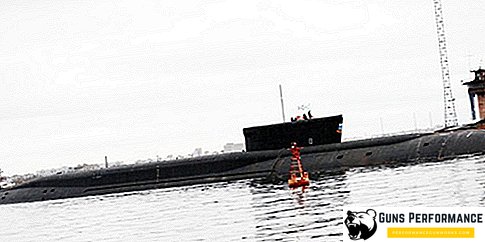
In general, it should be said that the fate of the Borey project was not easy. Initially, the submarines were designed for a single missile with certain dimensions, then the missile system was replaced. Intercontinental ballistic missiles are the main weapon of a strategic missile submarine for strategic use, and without them it will be like a weapon without projectiles. In 1998 they decided to abandon the creation of Bark missiles and a competition was announced for the development of a new solid-fuel rocket. The winner of the competition was the Moscow Institute of Thermal Engineering.
Failures with the rocket superimposed on the overall difficult situation in the country in the late 90s. The budget financing has practically stopped, the construction of the first ship of the project was almost frozen. "Yuri Dolgoruky" at that time was a separate part of the body. Some materials and components were supplied from other republics of the USSR; after its collapse, deliveries were stopped.
For example, special types of metal produced Zaporozhye Metallurgical Plant, after 1991, the supply stopped.
But despite all the difficulties, the construction of the first boat of the project 955 "Borey" was resumed in 2000. The shipbuilders went for various tricks; even part of the unfinished multi-purpose KPLAAR multi-purpose submarine K-337 went into action. Yury Dolgoruky was planned to be commissioned in 2006, and in 2004 the second nuclear submarine of the same project, the Alexander Nevsky, was laid. In parallel with the construction of the boats, work was under way to develop their weapon, a new solid-fuel rocket.
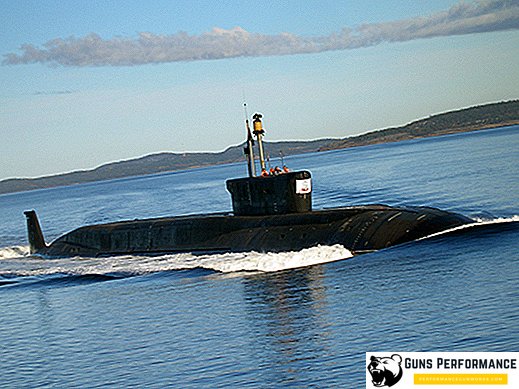
In 2005, the submarine hull was completed, in 2006, the third bomber of the project, the Vladimir Monomakh, was laid. In 2008, "Yuri Dolgoruky" was launched, its rector was launched, and the following year began mooring and sea trials of the boat. This submarine was the first Russian project of a fourth-generation submarine.
Since 2003, the preparation of two crews for the first nuclear submarine of Project 955 was in full swing.
Device submarine project 995 "Borey"
Project 995 submarines belong to the class of nuclear-powered submarine rocket carriers and are intended for striking ballistic missiles at enemy settlements and military-industrial facilities.
The hull of the submarines of Project 995 has a two-hull structure (light and durable hull). Durable submarine hull is divided into eight compartments. The first is the torpedo compartment, it contains a sonar complex and part of the batteries. The second compartment is the command one. It has a central post and accommodations. Also there is a large amount of equipment. The third compartment occupied combat positions. The fourth and fifth are rocket compartments. In the sixth is the steam generating plant, the seventh and eighth - this is the energy compartments, they contain the turbines and the nuclear reactor of the boat.
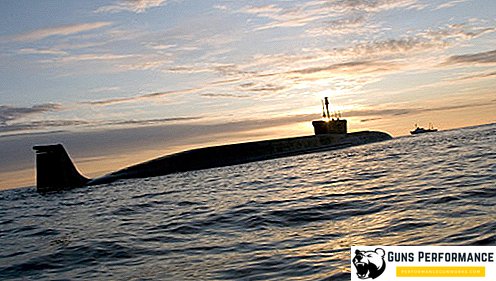
The hull assembly is made according to the block principle, each block is separated from the solid hull by a special shock absorber, which significantly reduces the noise of the submarine. Outside the hull is covered with a special rubber coating, which also reduces the visibility of the ship. The project developers have already stated that the Boreas will be five times less noisy than the boats of the previous third generation.
Boats of the project 995 "Borey" - the first Russian submarines, on which the movement of the ship is carried out using a jet propulsion complex The propeller is enclosed in a special annular nozzle. The principle of its operation is similar to the scheme of the water pump, it uses the acceleration of the oncoming flow of water. The propeller significantly reduces cavitation - one of the main sources of submarine noise. This innovation significantly reduces the acoustic visibility of the submarine. In addition, the use of propulsion instead of the traditional screw reduces the effect of torque on the body and makes it possible to reduce the area of stabilizers.
The submarine of the project "Borey" have retractable horizontal rudders. The forward fencing of the cabin is made with a slope forward to improve the hydrodynamic qualities of the ship. On the boat there is a special rescue pop-up camera that can accommodate the entire crew. The camera is located in the stern of the ship, behind the missile compartments. In addition, the boat is equipped with life rafts.
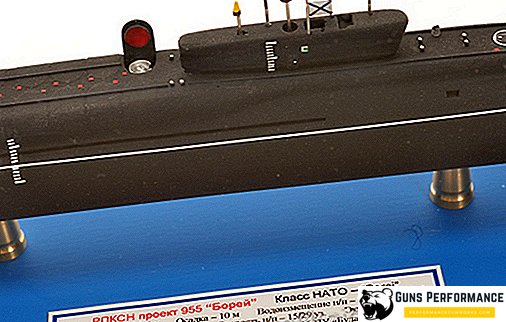
The power plant on the submarines of the project "Borey" consists of thermal water neutron reactors of the type VM-5 or similar devices. Such power plants belong to the fourth generation of nuclear reactors. There is no clear information about the type and design of the reactor. The power equipment of the boat also consists of the OK-650V steam generating installation with a capacity of 190 MW and the Azurit-90 steam turbine installation. Due to the power plant, the boat can reach an underwater speed of 29 knots and a surface speed of about 15 knots. The autonomy of the Borei submarine project is 95 days.
Hydroacoustic armament of nuclear submarines includes the Irtysh-Amfora-B-055 MGK-600B. It consists of the main antenna "Amphora" and the system of digital signal processing. There are also side antennas and a towed antenna. "Irtysh-Amphora-B-055" is a complete complex that performs both the functions of noise finding, echo direction finding, target classification, detection of GA signals, and functions for determining ice thickness, searching for mines, measuring the speed of sound and detecting torpedoes.
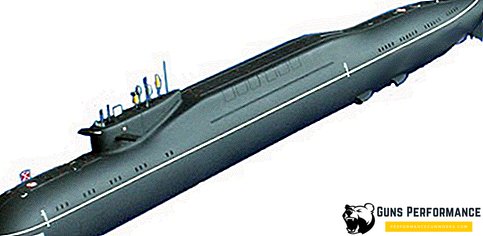
Hydroacoustic complex "Boreev" can detect the enemy at a distance of 220-230 kilometers and simultaneously lead to thirty targets.
All ship systems are controlled using the Okrug-55 unified automated system.
The Yury Dolgoruky nuclear submarine is a submarine-class submarine ship, and its main armament is the Bulava intercontinental ballistic missile (R-30). This is a solid three-stage rocket with separable nuclear units. The “Mace” can carry ten such blocks, each of which is guided individually and can change its trajectory, maneuver and thereby bypass the enemy’s missile defense system. Although it should be noted that information about the characteristics of the Bulava rocket is extremely small and it is contradictory. Most of the data is classified.
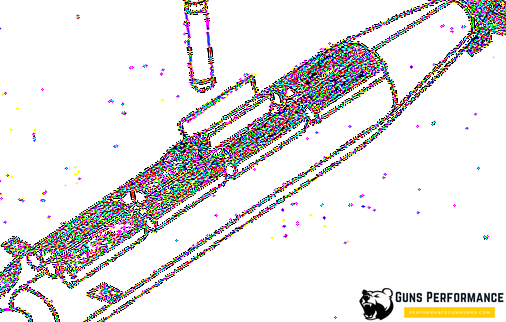
In addition to ballistic missiles, submarines of Project 955 have torpedo armament. "Yuri Dolgoruky" is equipped with eight torpedo tubes: four 650 mm caliber and four - 533 mm. Torpedo tubes are installed in the bow of the submarine. In service of the boat are several types of torpedoes and rockets of the Waterfall PLRK. The total number of torpedoes - 40 units.
Specifications submarines project 995 "Borey"
Below are the characteristics of the ships of the project "Borey".
| Main characteristics | |
| Ship type | SSBN |
| Project designation | 955 "Borey" |
| Project developer | TsKB Rubin |
| NATO classification | Borei |
| Speed (surface) | 15 knots |
| Speed (underwater) | 29 knots |
| Working depth | 400 m |
| Extreme depth of immersion | 480 m |
| Autonomy swimming | 90 days |
| Crew | 107 people, including 55 officers |
| Dimensions | |
| Displacement above the water | 14,720 t |
| Underwater displacement | 24,000 tons |
| Length is greatest | 170 m |
| Case width naib. | 13.5 m |
| Average draft | 10 m |
| Power point | |
| |
| Armament | |
| Torpedo-mine weapons | 8 TA: 4 x 650 mm, 4 x 533 mm, torpedoes, torpedo-rockets, cruise missiles. |
| Missile weapons | 16 PU SLBM R-30 "Bulava" |
Recently, one of the leaders of the famous TsBB Rubin announced that in 2018 the company's specialists will begin developing the next, fifth generation submarine. This will be a completely different class submarine. Although earlier the commander-in-chief of the naval forces of Russia declared that the construction of the next-generation submarines would begin in Russia no earlier than 2030.


